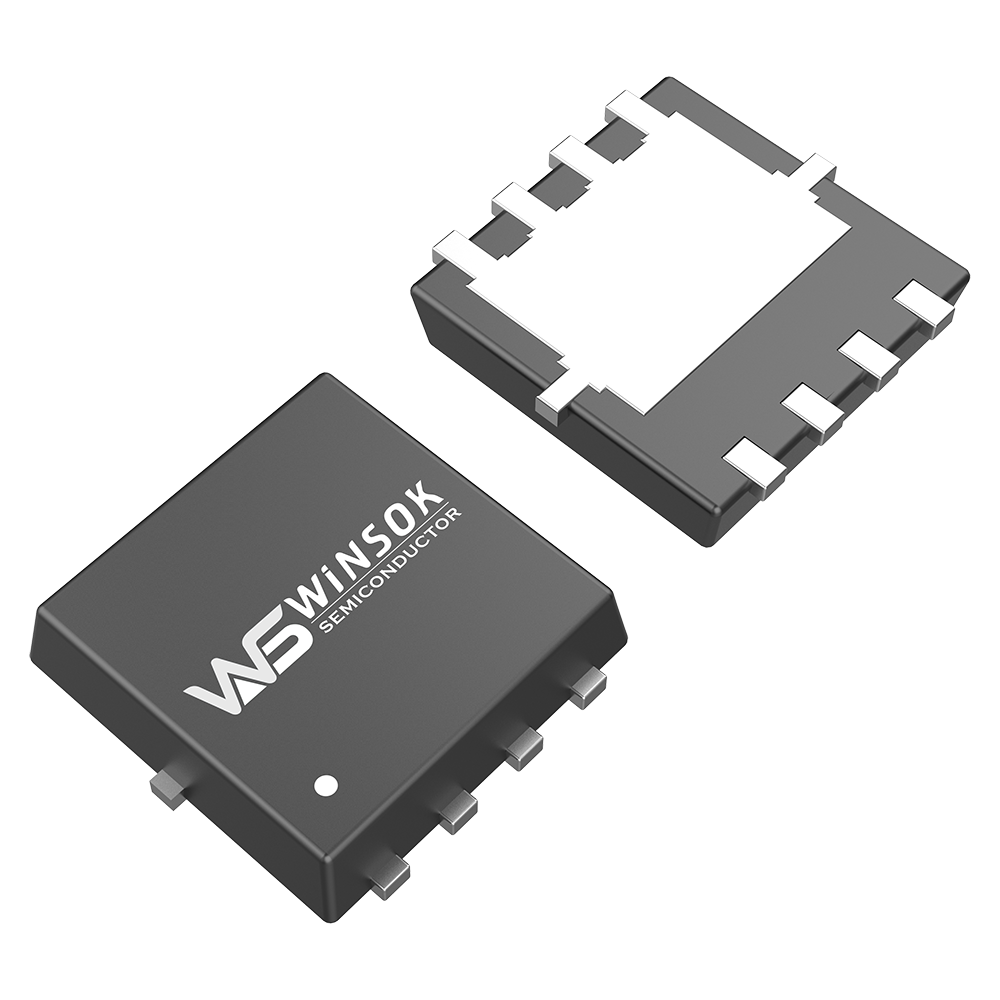The body diode (which is often simply referred to as a regular diode, as the term “body diode” is not commonly used in regular contexts and may refer to a characteristic or structure of the diode itself; however, for this purpose, we assume it refers to a standard diode) and the MOSFET (Metal Oxide Semiconductor Field Effect Transistor) differ significantly in several aspects. Below is a detailed analysis of their differences:

1. Basic Definitions and Structures
- Diode: A diode is a semiconductor device with two electrodes, made up of P-type and N-type semiconductors, forming a PN junction. It only allows current to flow from the positive to the negative side (forward bias) while blocking the reverse flow (reverse bias).
- MOSFET: A MOSFET is a three-terminal semiconductor device that uses the electric field effect to control the current. It consists of a gate (G), source (S), and drain (D). The current between the source and drain is controlled by the gate voltage.
2. Working Principle
- Diode: The working principle of a diode is based on the unidirectional conductivity of the PN junction. Under forward bias, carriers (holes and electrons) diffuse across the PN junction to form a current; under reverse bias, a potential barrier is created, preventing current flow.
- MOSFET: The working principle of a MOSFET is based on the electric field effect. When the gate voltage changes, it forms a conductive channel (N-channel or P-channel) on the surface of the semiconductor under the gate, controlling the current between the source and drain. MOSFETs are voltage-controlled devices, with output current depending on the input voltage.
3. Performance Characteristics
- Diode:
- Suitable for high-frequency and low-power applications.
- Has unidirectional conductivity, making it a key component in rectification, detection, and voltage regulation circuits.
- Reverse breakdown voltage is a crucial parameter and must be considered in design to avoid reverse breakdown issues.
- MOSFET:
- Has high input impedance, low noise, low power consumption, and good thermal stability.
- Suitable for large-scale integrated circuits and power electronics.
- MOSFETs are divided into N-channel and P-channel types, each of which comes in enhancement-mode and depletion-mode varieties.
- Exhibits good constant current characteristics, with current remaining nearly constant in the saturation region.
4. Application Fields
- Diode: Widely used in electronics, communication, and power supply fields, such as in rectification circuits, voltage regulation circuits, and detection circuits.
- MOSFET: Plays a crucial role in integrated circuits, power electronics, computers, and communication, used as switching elements, amplification elements, and driving elements.
5. Conclusion
Diodes and MOSFETs differ in their basic definitions, structures, working principles, performance characteristics, and application fields. Diodes play a key role in rectification and voltage regulation due to their unidirectional conductivity, while MOSFETs are widely used in integrated circuits and power electronics due to their high input impedance, low noise, and low power consumption. Both components are fundamental to modern electronic technology, each offering its own advantages.


























